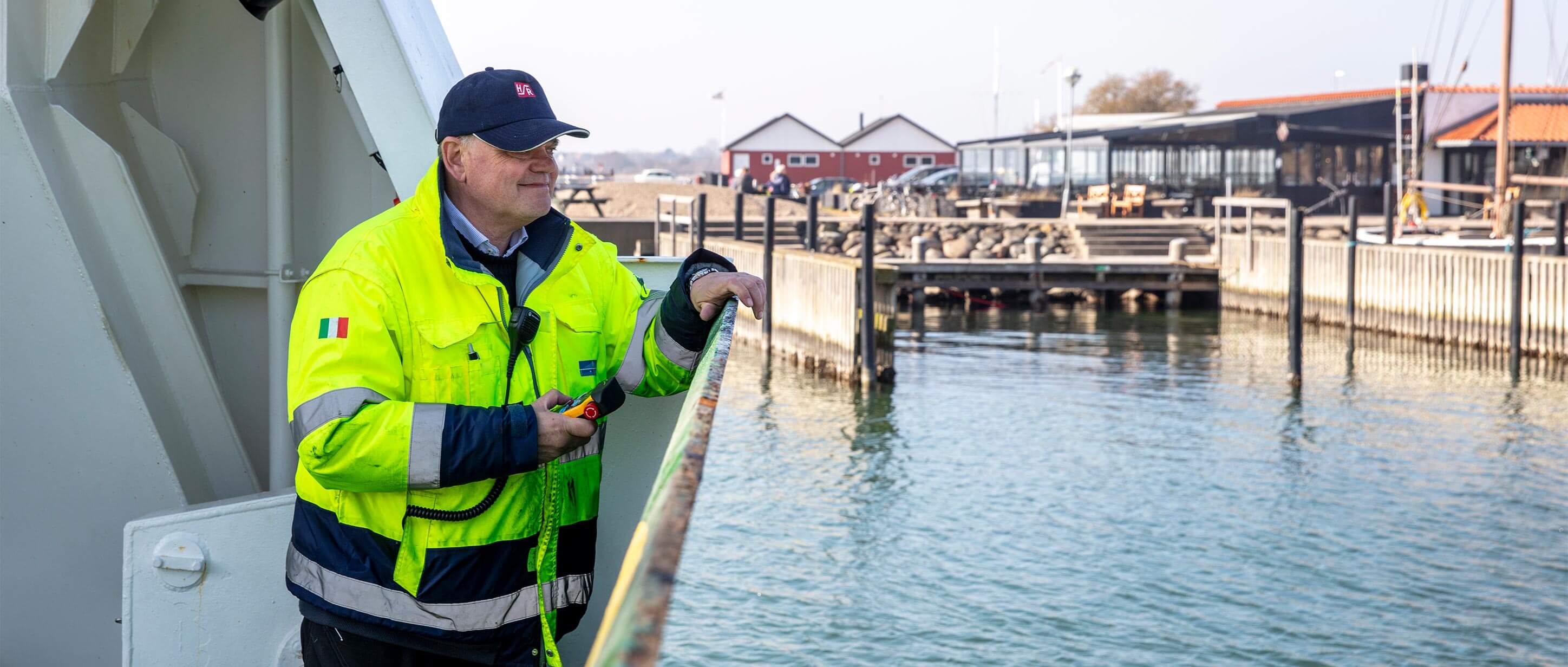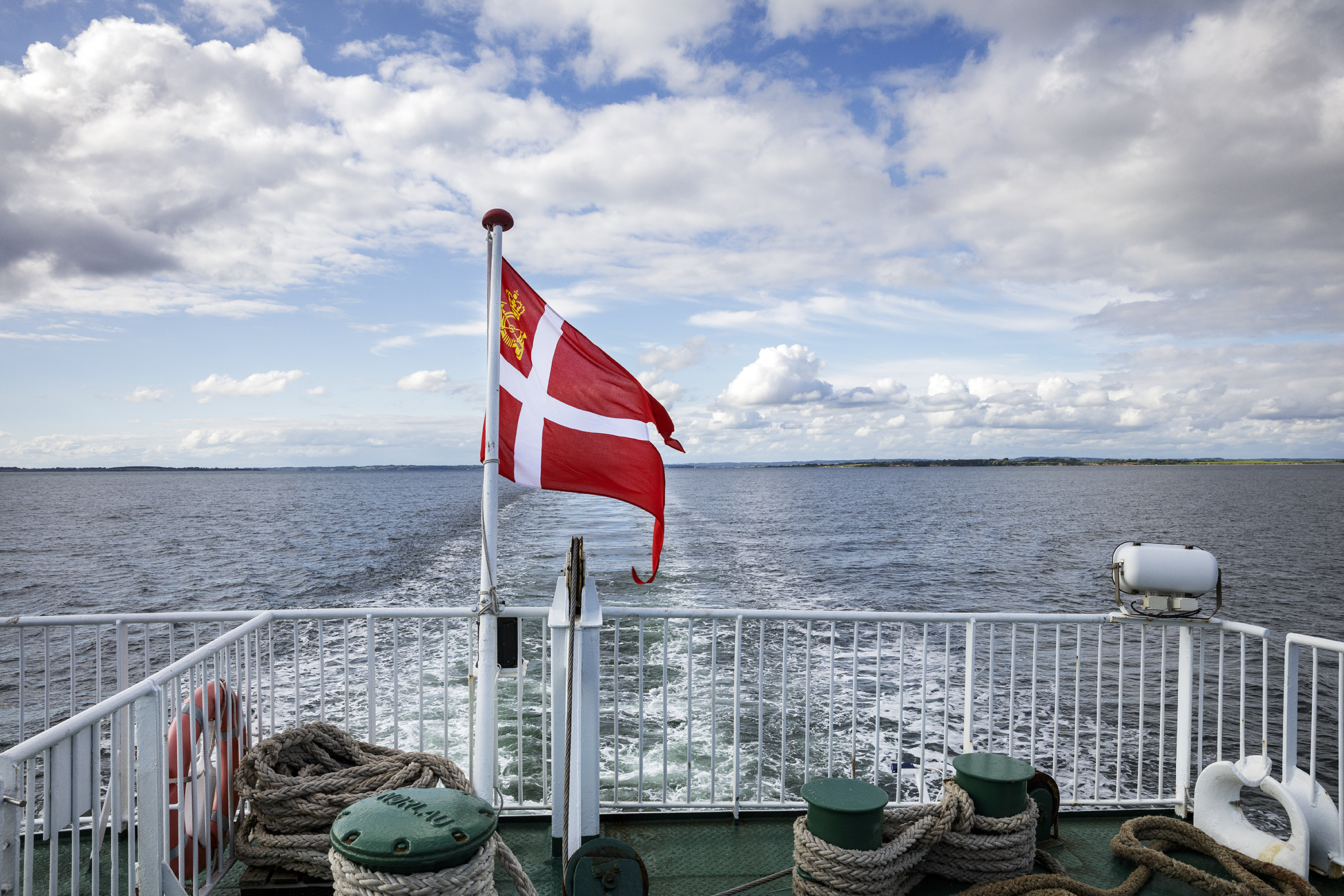Safety is always in the back of the mind on the Aeroe-ferries, where safe sailing and a safe workplace are closely linked. Electric ferries are already making a difference, and there are more on the way.
"Everything is water next to Ærø". This is the slogan for Ærø in the inlet waters south of Funen, and since no bridges have been built across said waters, a stable ferry operation is required to keep the local community with just over 6,000 permanent residents afloat.
This is exactly what the Aeroe-ferries aim to deliver on the routes Svendborg – Ærøskøbing, Fynshav – Søby and Faaborg – Søby. Of these, the former is by far the busiest, with 11 daily departures in each direction, and also the only one of the three routes operated by two vessels.
UFDS has enjoyed a return journey on the 60-minute crossing between Faaborg and Søby on the motor ferry Skjoldnæs. Measuring 47.1 meters in length and sporting a width of 11.7 meters, she can take up to 31 passenger cars and 245 passengers on a summer day when the saloon deck is fully utilized.
On the bridge of the more than 40-year-old vessel, which was deployed on Ærø on 1 November 2009, we encounter Captain Søren Svendsen, who, despite the slightly changeable weather – scattered sun is replaced by heavy rain and a strong westerly wind as we talk – is happy with the conditions on this quiet day at the end of May.
»When it comes to sailing safety, yachtsmen pose a reasonably large risk, all other things being equal. Of course, they’re allowed to be here, but not all of them are equally experienced on the water, so it requires a watchful eye during the summer months,« he says.
To this end, the Faaborg – Søby crossing has the advantage of being a deep-water route, which provides good opportunities to safely change course should it be necessary to avert another vessel. At several spots on the route, Skjoldnæs has around 30 meters of water under the keel, depths otherwise found in the middle of the North Sea.
In addition, there is a standing order placing two crew members on the bridge while the ferry passes through the narrow strait between the point at Dyreborg and the northern tip of Bjørnø close to Faaborg. In special cases, such as dense fog, other members of the five-man crew can also provide extra eyes – 'then the sausage rolls have to give way to safety',« as Søren Svendsen says with a wery smile.
People must take care of themselves and each other
As far as occupational safety is concerned, the Aeroe-ferries have clear protocols and procedures in place for how things should be done. Completely by the book, there are checklists for working aloft, carrying out tasks in enclosed spaces, permits for hot work and a thorough introduction to new employees as well as external fitters.
»On top of this we have weekly fire drills and man-overboard, which we do between six and seven on Saturday mornings, so it's something we train again and again and again. So, it's definitely not something we take lightly, and if the ferry is full, it's extremely important that everyone knows what to do in case of an accident,« Søren Svendsen emphasizes.
In addition, there are ongoing courses in the use of rescue equipment and the like, and every three years a major evacuation drill is carried out in connection with the systems being serviced. Access to the lifeboats is thus through a "stocking" which the crew is therefore sent down in order to share the experience with the passengers, if necessary.
»We always have safety in mind. It is a culture you built from the ground up; that people take care of themselves and each other and follow our procedures. And people are really good at that, I think. So, establishing a culture where you say what you do and do what you say is probably the most important thing for safety,« Søren Svendsen says.
He has been with the shipping company for just over 10 years, including a period on the Fynshav – Søby route, which since June 2019 has been served by the electric ferry Ellen. Both in terms of sailing and safety, it is a somewhat distinct experience than an older motor ferry, Søren Svendsen points out.
»It's very different to maneuver, because the power from the batteries is so immediate. This is also one of the reasons why there is no MOB boat, because you can stop it in a ship's length and then come to the rescue of the person in distress,« he explains.
The Aeroe-ferries have a vision that 100 percent of the ferries will be emission-free by 2035 at the latest. In this regard, Ellen makes up the first 25 percent, and with the E-ferry Twins project, two new electric ferries are expected to be in operation on Svendborg – Ærøskøbing by 2027.








